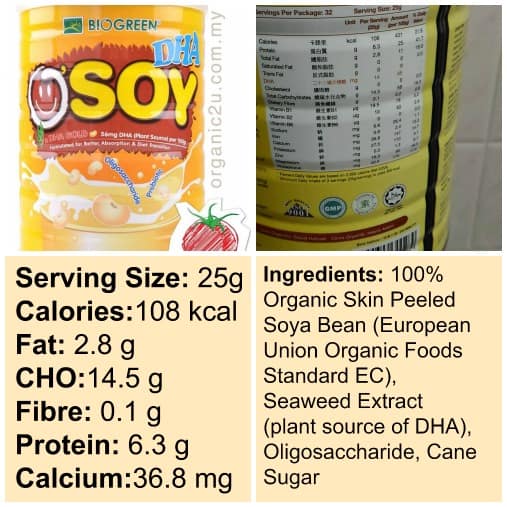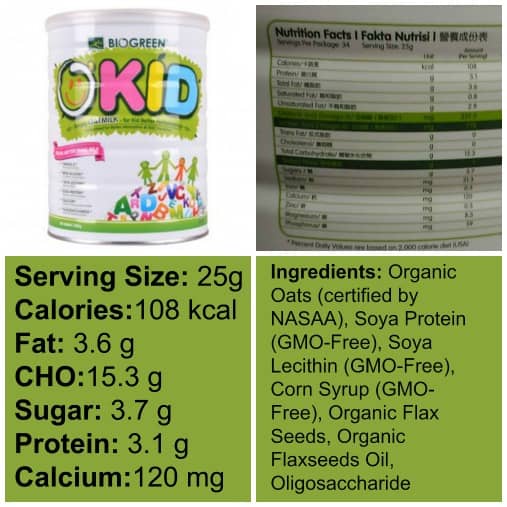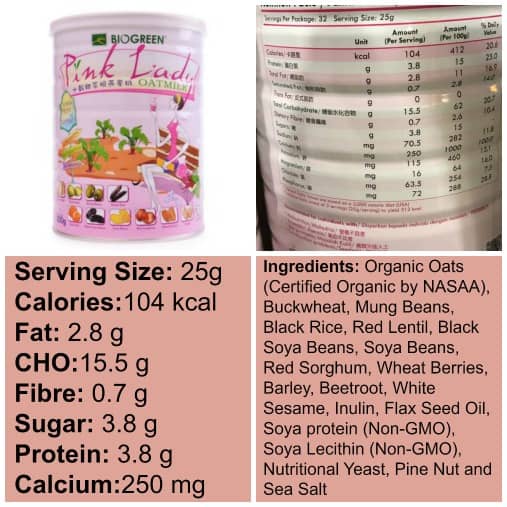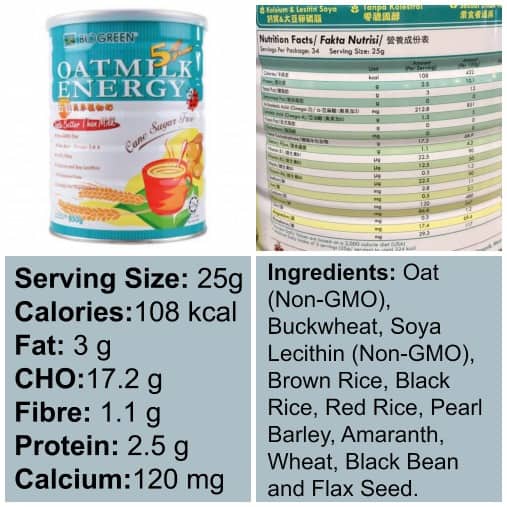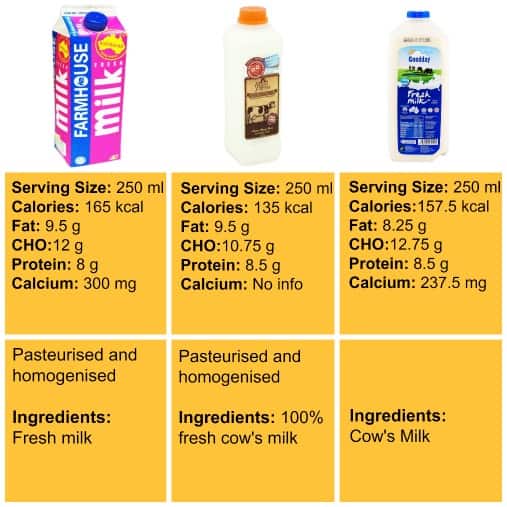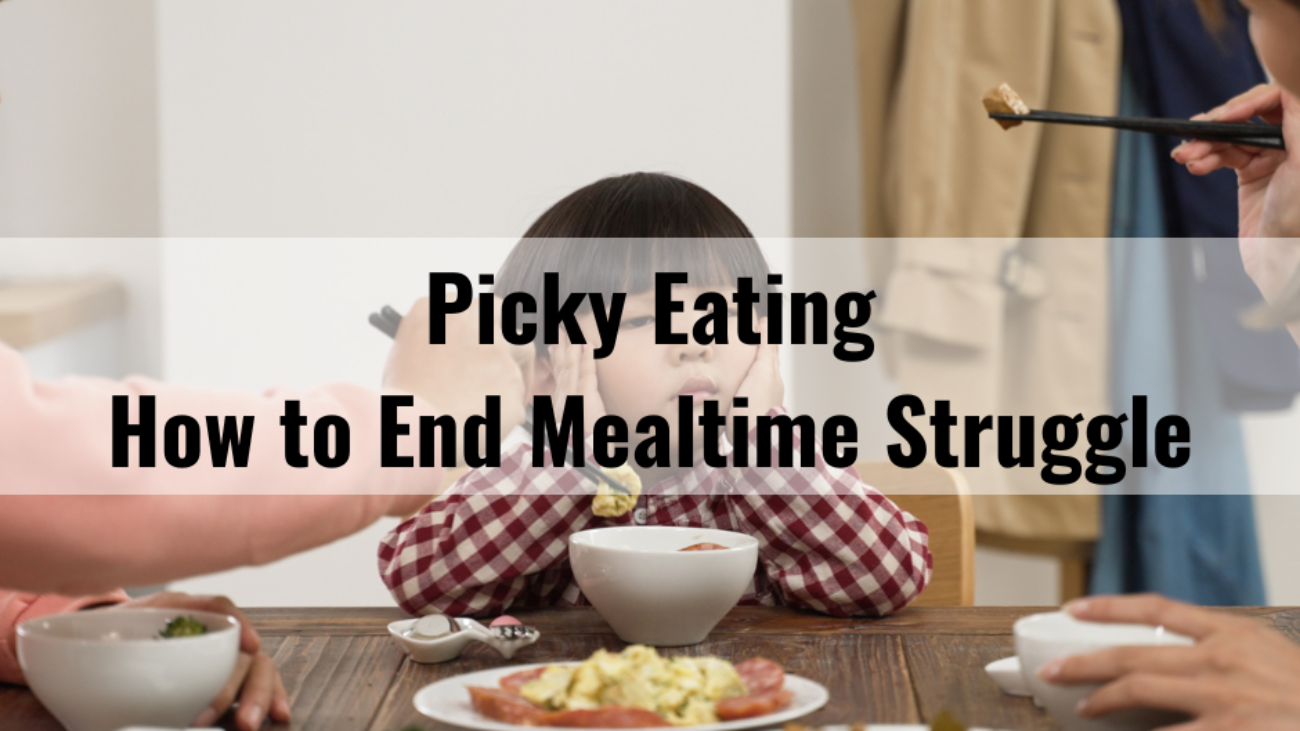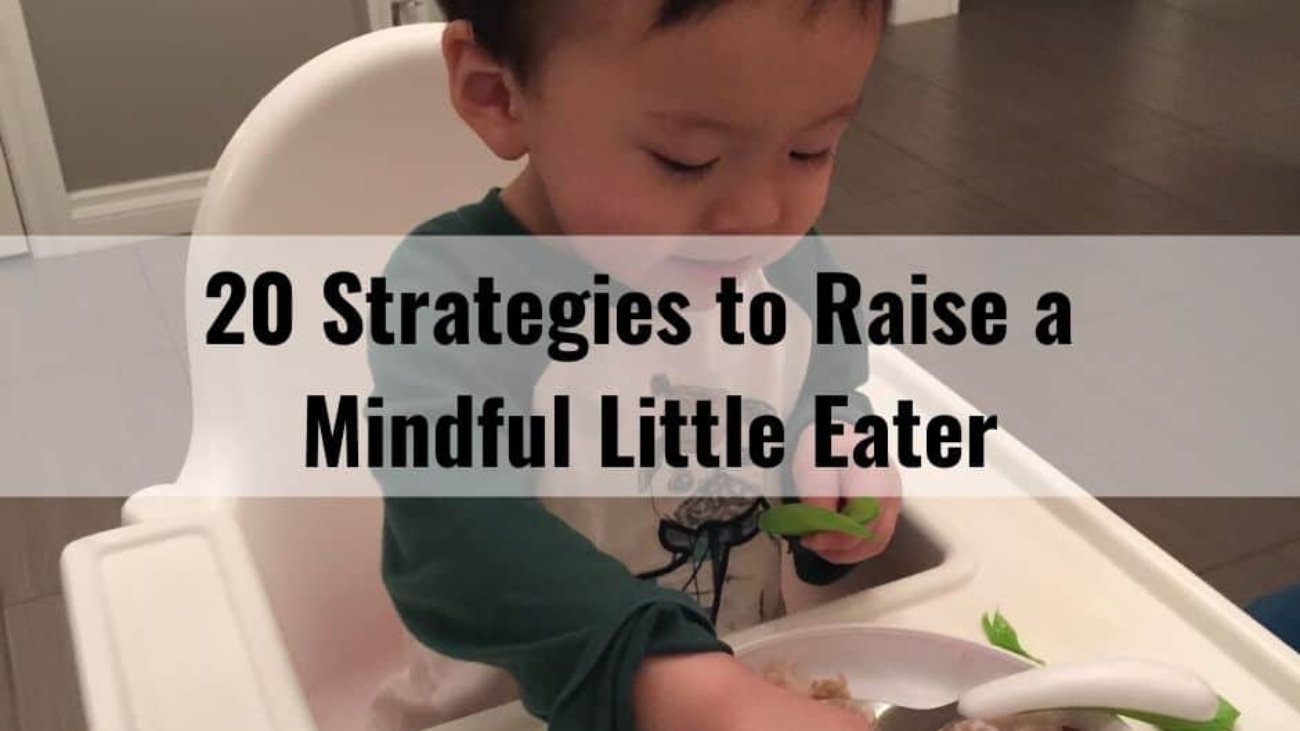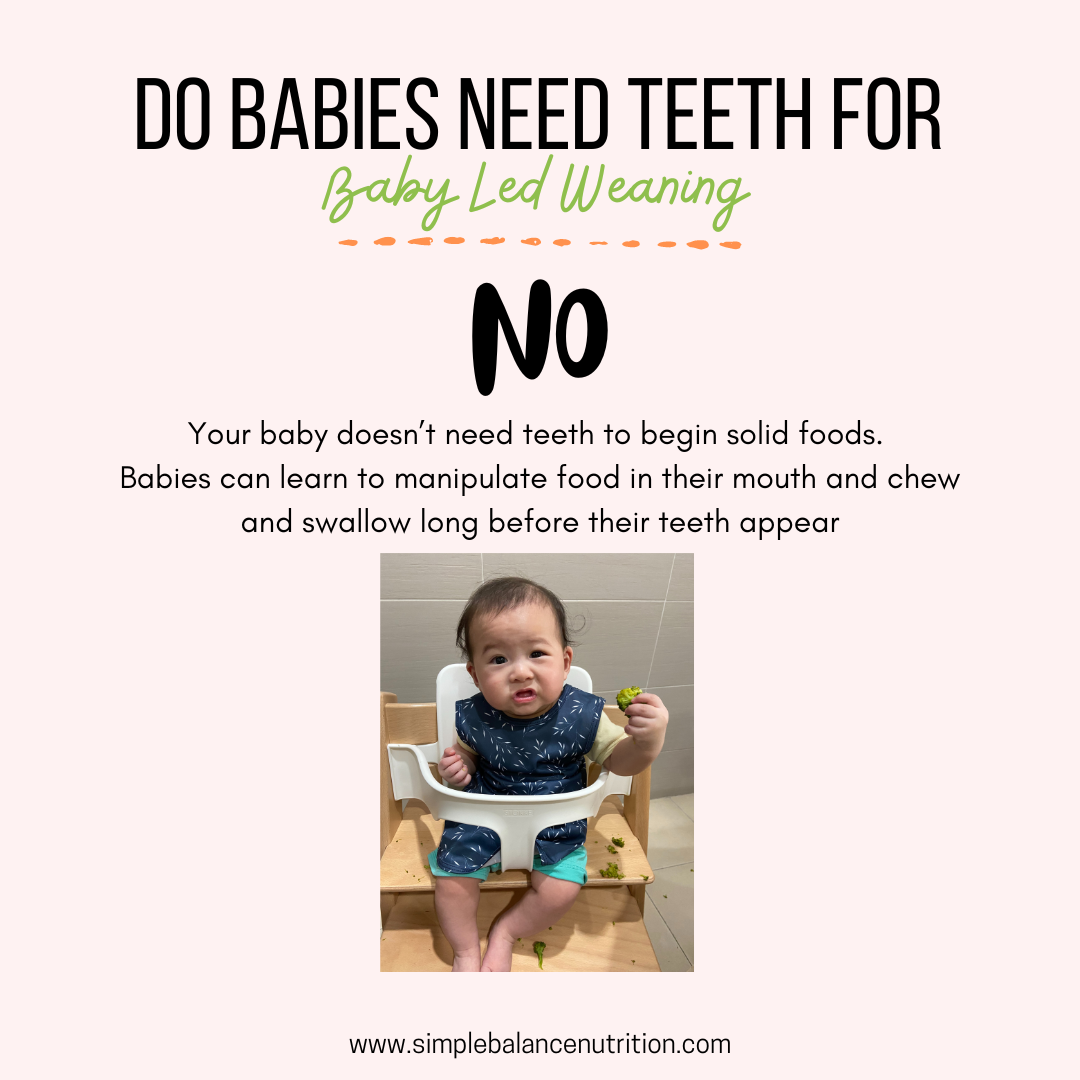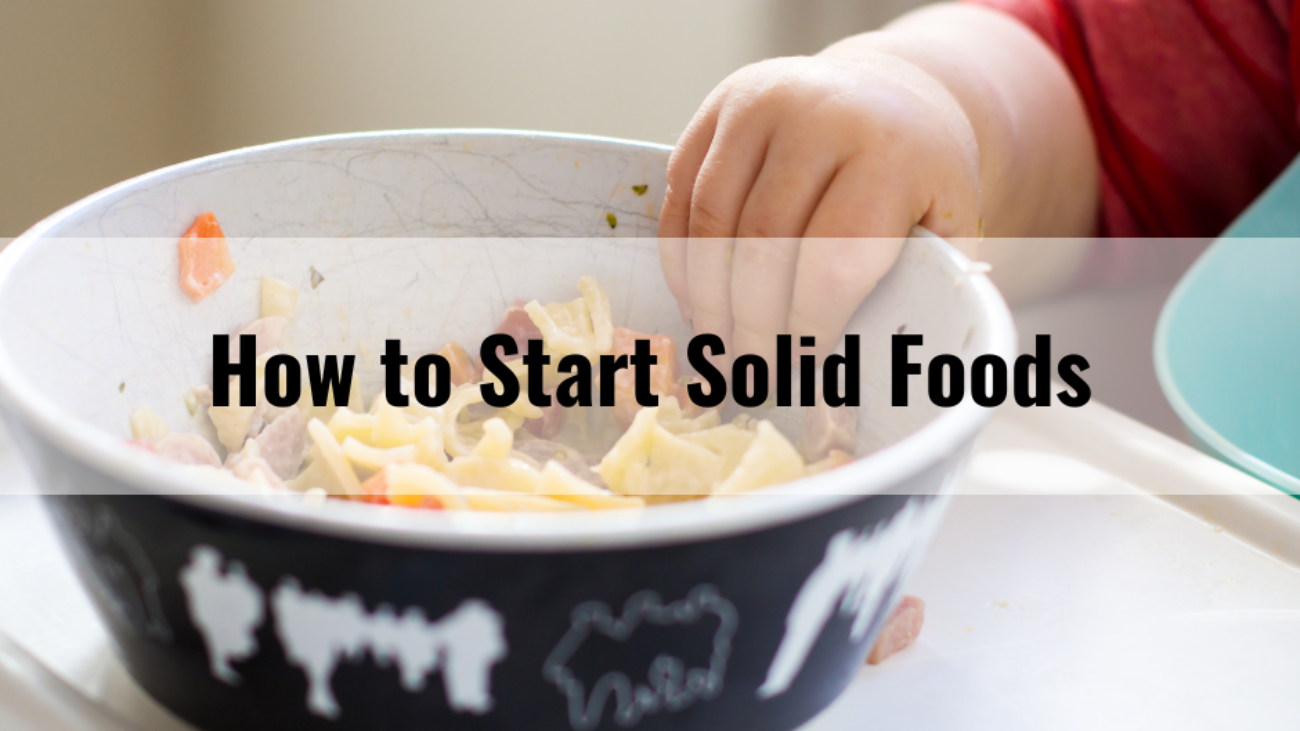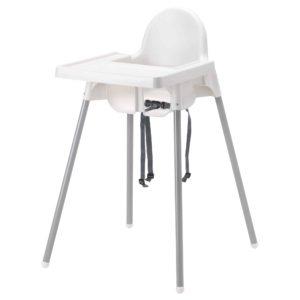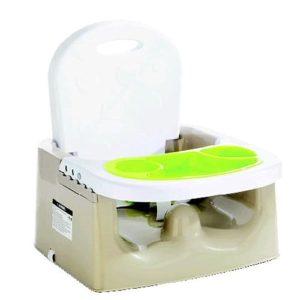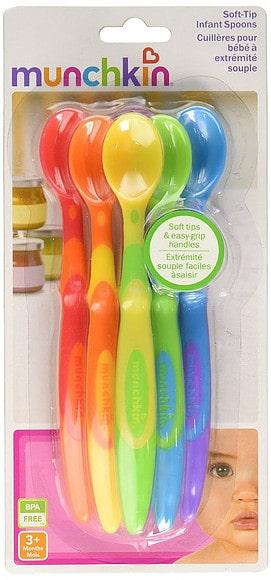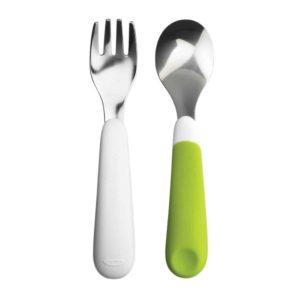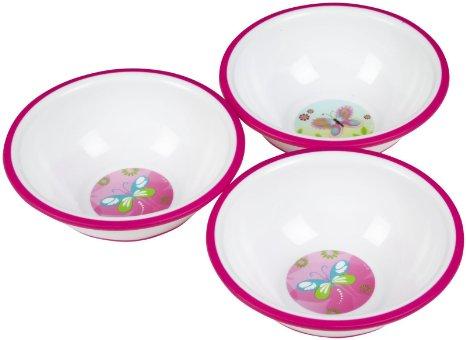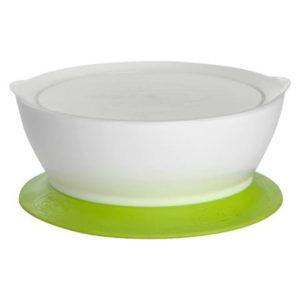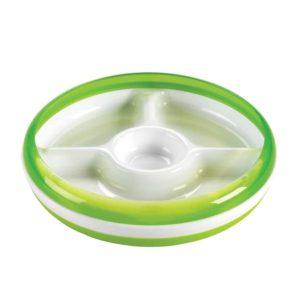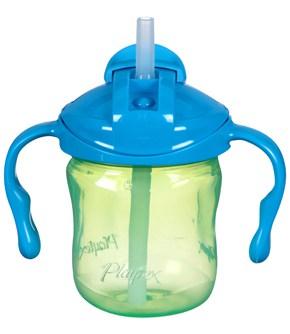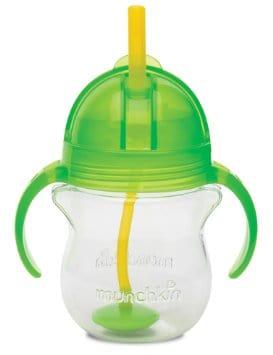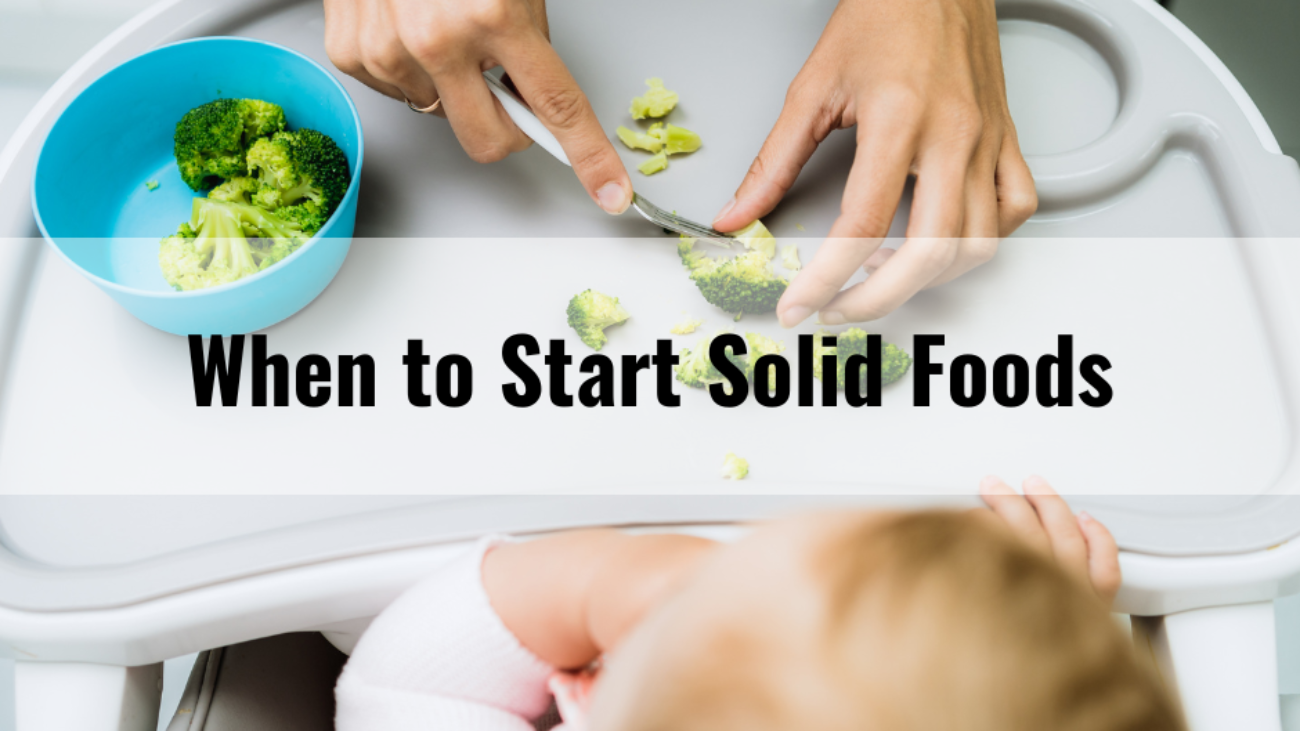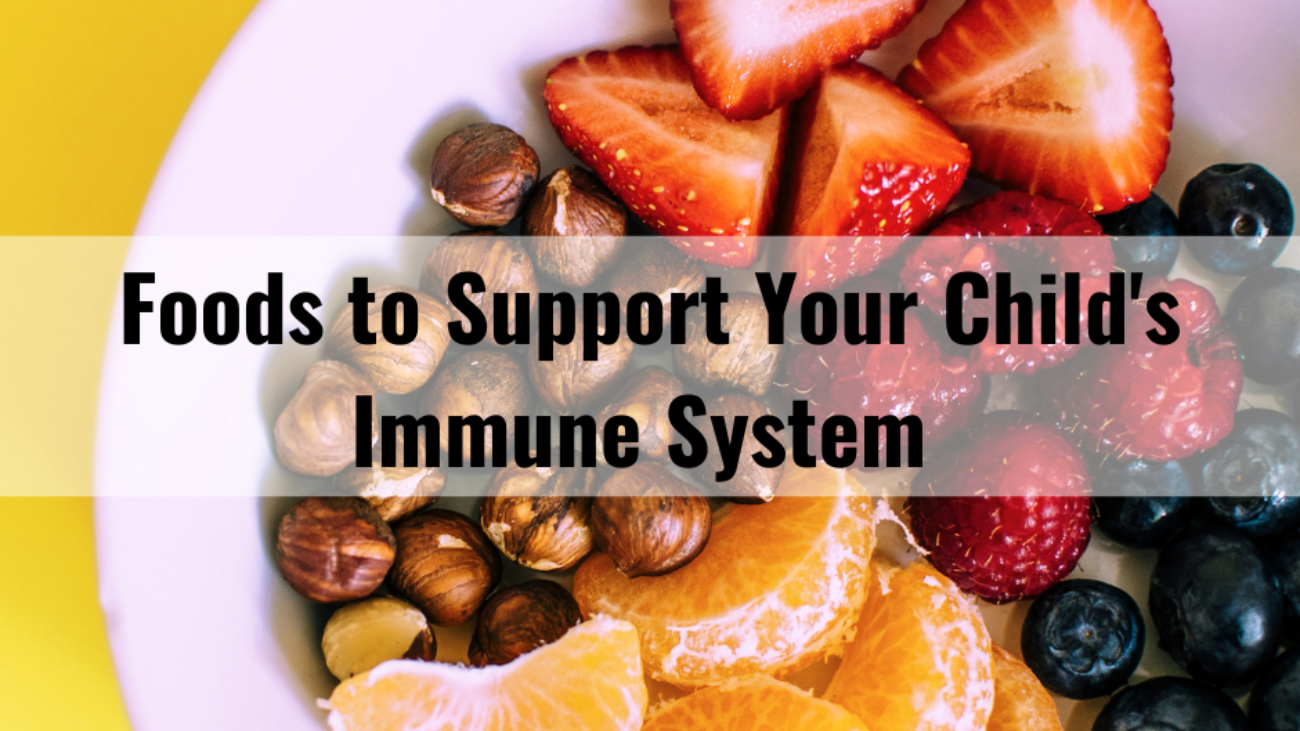After being a new-mom, I continue to research articles, support groups, books on breastfeeding, solid foods, baby led weaning, picky eaters, etc. After reading some paediatric dietitians’ blogs, I found my guru – Ellyn Satter. I don’t have to spend hours searching the web for the perfect healthy recipes that my son will actually eat. (Although I still cook yummy foods for him every single meal).
As a dietitian and a first-time mom, I am attempting to raise a confident, independent, healthy and mindful eater. I’ve discovered the challenges of picky eating (in my personal life and my practice), this sounds like every children can be a picky eater, at some point. However, the more articles or resources I’ve read, the more knowledgable and confident that I am now. Aiden is neither a good eater nor picky eater. He has good and bad days. Following the Division of Responsibility for Feeding, I have successfully made it through the first 2 years (fingers crossed !!).
WHAT IS DIVISION OF RESPONSIBILITY FOR FEEDING
The “Feeding Relationship” is a concept developed by Ellyn Satter, a dietitian and social worker. There are separate roles in feeding for the parent and for the child, and if these roles are respected, then the child will be less likely to be picky and will grow up having a healthy relationship with food. Also, it can help to decrease the power struggles and stress around your family table by respecting this relationship.
Successful feeding is when your child willingly participate in family meals, enjoys herself and feel safe and confident enough to taste and eat foods of her choosing (that you’ve provided) in amounts that feel right to her.
PARENT’S FEEDING RESPONSIBILITIES
Three things that you can control as a parent:
What is served – Offer foods from each food group at every meal if you can – Vegetables or Fruit, a Grain Product, and a Meat & Meat Alternatives, and/or Milk & Milk Alternatives.
Example: 1/2 banana, a slice of whole grain bread with peanut butter, and 1/2 glass of milk.
When it is served – By 1 year, the child should be offered three regular meals and 2 or 3 snacks per day. Do not feed constantly throughout the day or the child will not build up an appetite for the next meal. Parent often try to get their child to eat more or increase in weight. However, it backfires, as research has shown grazers can eat up to 50% less than those with more regular meal and snack times.
Where it is served – The child should be eating at the table with the family, with no distraction like TV, IPad, IPhone, etc.
CHILD’S FEEDING RESPONSIBILITIES
The child’s role is to choose whether or not to eat, what to eat from what’s provided, and how much to eat.
Whether If – You child may choose to eat nothing at all (Yay, sound very familiar). If they refuse a new food or a meal, that is ok. Offer a new food with a familiar food so they do have something to eat. Try new food again in a few days. It might take up to 15-20 tries before the baby or child will actually eat the food. Of course, you can be creative to present it in different ways – cooked, steamed, mashed, baked, fresh/raw, etc.
How Much – Allow the baby or child to take the lead role in eating, let them play with the food (it doesn’t matter you are using BLW or TW). If they are finished do not force them to eat more. Many parents are concerned their child is not eating enough, however, child are good at regulating their appetites and will not starve themselves. They may eat a lot one day and almost nothing the next and that is ok. This way you do not set up power struggles with eating.
It is absolutely not your job to make your child eat.
SIMPLE & EFFECTIVE STRATEGIES THAT YOU CAN TRY AT HOME
Here are some simple, yet so effective strategies that you can try at home.
Offer balanced, nutritious, appealing meals and snacks
These will cover your child’s nutrient requirements and allow him to see many different foods, which is part of readying him to try new foods. If you do your job at FEEDING, your child will do their job at EATING.
Don’t cater to your child’s preferences
Don’t narrow the menu to what your child will eat because you will get stuck doing this, perhaps for many years! Offer at least one “safe” food per meal. A safe food is a food like rice, vegetables, or fruit, which you know your child will likely be fine with eating if they are hungry.
Keep the food variety coming, even if your child rejects it
Studies show it takes children 6 to 15 food exposure before they will try to like a food. Don’t get disappointed. Eventually he may touch it, next time he may lick it, next time he may chew a bit and spit it out…. learning to eat can be a slow process.
Don’t be a sneaky chef
Hiding food in other foods can build mistrust in children. Be honest about what is in the food your child eats.
Keep a smile on your face and a positive attitude
Even when you are frustrated, overwhelmed or angry, your young child should not see you lose your temper, as this may change the situation and tempt your toddler to keep getting negative reactions out of you. It may take at least a few weeks to few months to practice the Feeding Relationship.
Don’t show your emotions
No anger, frustration, or annoyance! Your goal is to be steady and not react to any antics.
Be role model
Parents are the greatest role models, so you should eat a variety. Children offered variety will eat a variety
Don’t give negative comment
It can be very harmful. We all have personal tastes (yes, I understand we have some foods that we dislike too). Personal tastes can be influenced (positively or negatively) by parent’s food preferences. So, stop making negative comment about meals at the table. I am sure kids will say “it’s gross or yucky” after hearing someone comment about the foods. Soon, they will refuse to eat it, despite whether they’d been eating it before the negative comment.
Stay on a meal and snack schedule
Staying on a schedule means your child will have plenty of opportunities to eat during the day, which takes the pressure off when he skips a meal. When your child choose to eat very little or not to eat at all at a scheduled opportunity to eat, allow him to be done and remind him when the next opportunity to eat is scheduled.
Don’t push your child to eat more
Pushing extra bites or sips often backfires, especially when children are picky. Nag him to try something new? The effect is the same as pushing for more eating. I personally discourage the “1, 2, or 3 bite” rule. It may work for some children, but for the majority (who are super taster and stubborn). If your child knows they are going to be forced to try a bite of a new food, they already dislike it before they try it. Making them try a bite will not likely get a “I like it” reaction, whether they truly do like it or not, as now it has become a battle field. We also want children to make healthy food choices when they are older and make these decisions on their own. If they were forced to eat certain foods when younger, they are more likely to develop a dislike for that food throughout life.
Try new foods
Eventually, your child will probably be excited about new and different foods, especially if he is conditioned to see a variety of unfamiliar foods early on. Offer food in another form. For example: boiled egg, scrambled egg, fried egg, etc. Be patient and give your child time to explore, touch and taste his food.
Don’t reward your child with dessert or other food
While this can be an effective tactic in getting your child to eat couple more bites or something you want him to, over time, research has shown it doesn’t help children like food. From my personal experience, the more random, the better. I try to stay neutral when it comes to treat foods.
Require your child stay at the table during meals
He doesn’t have to eat. While your child doesn’t have to eat, he does need to learn to politely stay at the table while others are finishing their meal. Children eat better when they stop and sit down to eat. By setting some appropriate mealtime rules with your kids, you can gain control over mealtimes (what’s where’s and when’s feeding) and allow your kids to take care of the rest (whether and how much they eat).
Don’t punish, discipline, shame him for not eating
Children can develop a negative association with eating and food when they are punished for not eating certain foods, or enough. This will not only create negative associations with food, but will also hurt his self-esteem, perhaps encourage long-term picky eating, binge eating or other forms of disordered eating.
Allow self-feeding, even if it is messy
This is the control your child wants. Trust him. The goal is to raise a healthy confident eater. We want our kids to feel capable at the table – grow to be independent eaters, able to choose from the foods provided and how much of each to eat. Also, we want them to develop the fine-motor skill necessary to eat independently.
No force-feeding
This takes all control away from your child, and most children do not respond well to force-feeding or parents taking control of feeding, especially as they get older. If we spoon/force-feeding them, they will not feel capable, nor develop the skills to feed themselves at the appropriate pace.
Invite your child in the selection and preparation of the food
Some kids feel like they have no enough say. Kid might feel bored or no control over what they’re fed, or perhaps they don’t like the way that their foods are placed on their plate or lunch box. I know it is important to set mealtime boundaries and meet your responsibility of – what, where and when, but it is ok to let your kids be part of the “what’s”. I realize that involving kids in meal planning (structure choices), preparing(washing), and cooking (mix ingredients) can make the process longer and maybe a bit more frustrating (kitchen is messy!!). But the benefits are huge and it’s worth it.
Don’t offer large portions
Serve smaller amounts of food. Large amounts can be overwhelming.
Reassure your child
If your child decides not to eat, let him know when the next meal or snack is scheduled.
Don’t label your child “Picky”
Children live up to expectations. If you label your child picky, he will be more likely to live up to it. There are no “good” or “bad” eaters. A good eater eats when they’re hungry, and does not finish his plate for praise, we would like them to continue practicing this mindful eating as long as possible.
REMEMBER
It is absolutely not your job to make your child eat.
For more information:
visit Ellyn Satter Institute or read one of Ellyn’s books:
- Secrets to Feeding a Healthy Family: How to Eat, How to Raise Good Eaters, How to Cook
- Child of Mine: Feeding with Love and Good Sense
- Your Child’s Weight: Helping Without Harming
Please comment below and let me know if you have any questions about picky eating and which strategies work best for you and your family?
